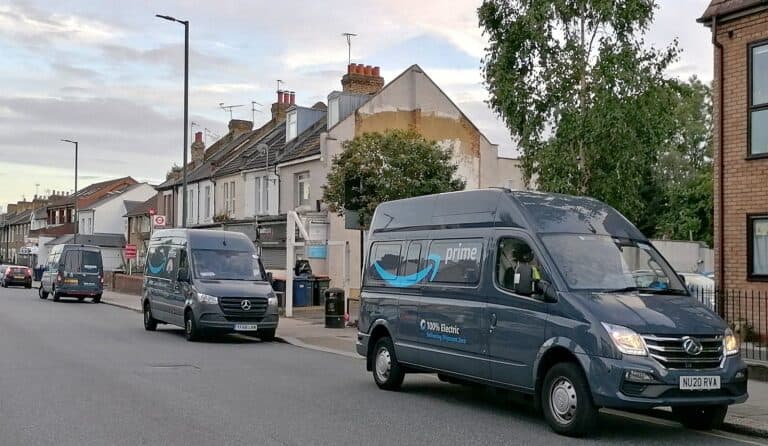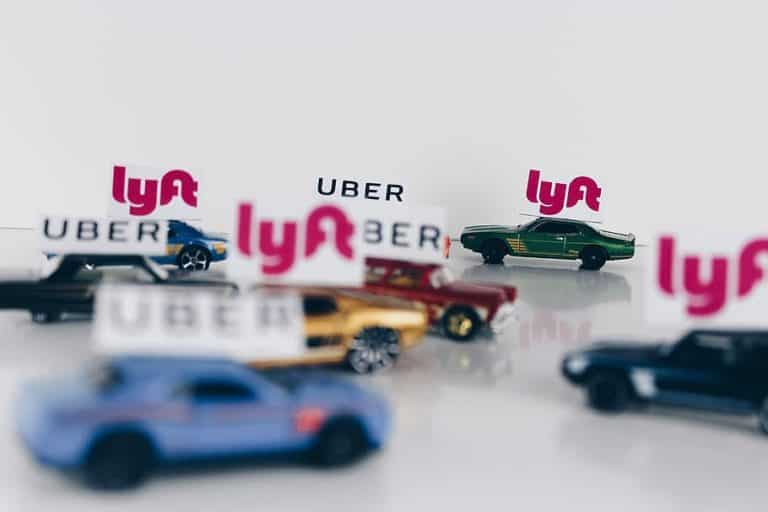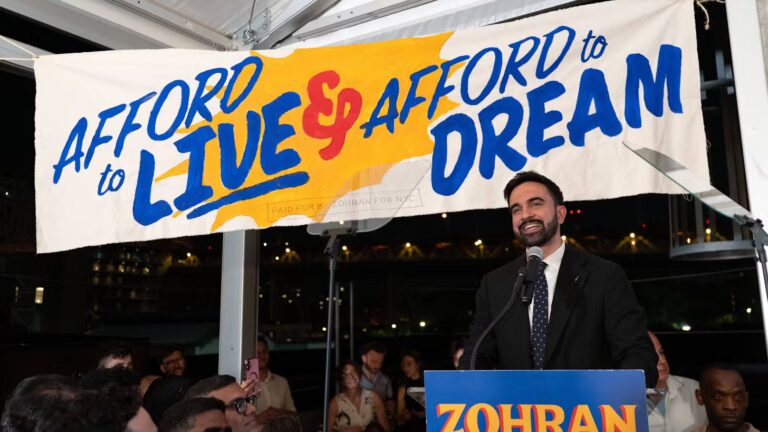
Tiran Bajgiran is a student at Harvard Law School.
Suppose as a premise that Uber drivers are employees. What, then, constitutes their “hours of work” under international labor standards?
The question is timely given two parallel trends in the global ride-hailing economy. One is a growing transnational backlash at Uber’s misclassification of gig drivers as independent contractors — in jurisdictions ranging from Canada to the UK, France, Spain and potentially South Africa. Secondly, the monopolistic platform is investing millions lobbying regulators worldwide with the same pitch: “platform work” starts only when a ride is accepted and excludes standby time, because drivers are “free” to refuse trips and can be logged-on other apps simultaneously. For workers, this means lower wages, plus unreimbursed costs of cruising while awaiting a trip or returning from outlying areas – 33% of workers’ net driving time according to one study. Can international labor law offer a globally persuasive counter-response?
Logging in “at the disposal” of Uber as Criterion
An explicit definition of “hours of work” was only coined in 1930 by the International Labor Organization’s (ILO) Convention No 30, recycling the notion of “being at the disposal of the employer” used to distinguish “rest periods” in the first Convention of 1919. Both Conventions have been ratified by the U.S., alongside most Member States of the ILO, many of which incorporated the “at the disposal” expression in their domestic laws.
Now, neither Convention explicitly hints at standby scenarios. But according to the ILO’s Committee of Experts, the “at the disposal” criterion should be interpreted contextually in “on-demand” situations, assessing the extent to which (1) the worker would be prevented from pursuing other personal activities during standby, (2) as well as whether that period was beneficial to the employer.
An insightful interpretation of the same words comes from an ILO-inspired European Council directive of 2003. In the context of doctors required to be physically present and contactable in the hospital even though permitted to rest, the European Court of Justice concluded that the on-call time must entirely count as working time – the doctors were “at the disposal” of the hospital even asleep.
Is a worker “at the disposal” of Uber upon logging on the platform? Here are three indicators that Uber’s position is effectively equivalent to only paying a cashier only when a customer is at the counter.
- Drivers Are Disciplined & Punished for Refusing Trips
An underappreciated aspect of this year’s landmark UK Supreme Court decision was its analysis of Uber’s internal Terms of Service for drivers, notably highlighting “a penalty for failing to comply with an obligation to accept a minimum amount of work.” Contrary to Uber’s lobbying pitch, logging on the platform is actually presented to drivers as requiring that they accept trips if offered (see para 127). Moreover, drivers whose acceptance rate fell below 80% automatically received a message reminding them of that obligation under the agreement. A low acceptance rate would ultimately log off and block workers from the platform for 10 minutes.
And the policing of drivers’ acceptance rate isn’t limited to London. There are reports of Uber deactivating drivers’ accounts for up to 30 minutes worldwide; alongside an expectation of responding to requests within 15 seconds, with bonuses contingent on such metrics. Uber’s Community Guidelines explicitly say: “if you consistently decline consecutive trip or order requests, our technology may assume you do not want to accept more trips […], and you may be temporarily logged out.”
Meanwhile, being logged-on is anything but a passive experience; the app will signal requests with beeps and flashing the screen; notifications are mandatory. Uber’s acceptance-rate nudging effectively engages drivers to wait, without meaningful multitasking capability, and certainly not ‘resting’ – they are at the platform’s disposal under ILO standards.
- Uber Benefits from On-App Standby
The availability of on-call drivers in any location benefits the platform, at the expense of the employee, by improving the structural quality and reliability of dispatches; Uber unilaterally delineates its service areas – where it thinks operating the platform can be profitable – wherein drivers are nudged to accept trips, quickly, while punished for refusing. Simply put, Uber benefits from the data generated by drivers from the moment they log-in the platform. Data is the new gold, and sophisticated surveillance of workers’ on–app time is a modus operandiamong ride-hailing platforms in the age of informational capitalism. Both Uber and Lyft track their drivers’ on-app time to the minute – before and after a trip – analyzing their acceptance and cancellation rates, response time, location, and even their braking and speed levels. They brag about this sophisticated surveillance technology in public statements.
They then leverage aggregated data from logged-in drivers to improve their service, predict supply and consumer demand, and set fares. They also use this data for allocating trips, evaluating rates, and rewarding nudge-compliant drivers. In other words, they use the data to make better business decisions. Consider the following public statement by Uber:
High acceptance rates are a critical part of reliable, high-quality service… Consistently accepting trip requests … keeps the system running smoothly. … [N]ot accepting dispatches causes delays and degrades the reliability of the system.
Perhaps unsurprisingly, one could mount serious criticisms of Uber’s business model writ large drawing on unjust enrichment theory. But for purposes of being “at the disposal of an employer” under ILO standards, the fact that Uber profits from the structural on-app presence of drivers is a persuasive indicator.
- Forget Lyft: Multi-App Hypothetical as Red Herring
Putting aside signs of Uber’s monopolistic market share, the multitasking gig worker argument invoked by Uber is a non-issue. Evidence corroborating this practice is weak, while, conversely, there are good reasons to believe that platform loyalty pays off in the ride-hailing world – especially so for Uber drivers.
Commentators have already suggested a logical solution to this supposed dilemma: the company liable for overlapping standby time should be the one ultimately benefiting from it; the platform on which the driver accepts a trip. Translated in international labor standards, even if a driver on multi-app standby is “at the disposal” of two platforms, only the one with which they end up riding will be liable for their overlapping “hours of work”. At some point, drivers riding on Lyft will anyway be logged off Uber for having neglected requests, with a presumably reduced acceptance rate.
Bottom Line: Platform Standby is Work
From the moment they log-on the app, Uber drivers are at the disposal of the platform, which penalizes them for not accepting sufficient trips, while profiting from their aggregate standby in terms of dispatch quality. The illusory “freedom” of refusing trips or logging onto alternative platforms should not unjustly benefit employers at the expense of workers’ wages or benefits. Nor should it justify a liability vacuum for 1/3 of platform driving altogether – to be clear, this is the implication of Uber’s vision of “working time”; no platform would pay for standby time tout court. Quite a convenient position in a gig economy dominated by oligopolies?










Daily News & Commentary
Start your day with our roundup of the latest labor developments. See all
December 12
OH vetoes bill weakening child labor protections; UT repeals public-sector bargaining ban; SCOTUS takes up case on post-arbitration award jurisdiction
December 11
House forces a vote on the “Protect America’s Workforce Act;” arguments on Trump’s executive order nullifying collective bargaining rights; and Penn State file a petition to form a union.
December 8
Private payrolls fall; NYC Council overrides mayoral veto on pay data; workers sue Starbucks.
December 7
Philadelphia transit workers indicate that a strike is imminent; a federal judge temporarily blocks State Department layoffs; and Virginia lawmakers consider legislation to repeal the state’s “right to work” law.
December 5
Netflix set to acquire Warner Bros., Gen Z men are the most pro-union generation in history, and lawmakers introduce the “No Robot Bosses Act.”
December 4
Unionized journalists win arbitration concerning AI, Starbucks challenges two NLRB rulings in the Fifth Circuit, and Philadelphia transit workers resume contract negotiations.